EAB Found in Denver: What You Need to Know to Protect Your Ash Trees
In mid-June, the City of Denver confirmed the presence of the emerald ash borer (EAB) — a wood-boring insect that poses a serious threat to our beloved ash trees. The EAB has already caused widespread devastation in 37 U.S. states and parts of Canada, and now it’s here. But with your help, we can protect Denver’s urban forest.
Why It Matters
Ash trees make up a big part of our green landscape. In fact, 1 in every 6 trees in Denver is an ash tree, and 1 in 10 trees on public land is an ash. These trees shade our neighborhoods, clean our air and enhance our parks. EAB attacks and kills ash trees, often within just a few years. If we don’t take action, Denver could lose hundreds of thousands of trees — and the shade, beauty and benefits they bring.
Denver launched the Be A Smart Ash campaign ten years ago to empower residents to protect their ash trees. Since then:
- 6,000 ash trees have been treated in parks and parkways
- More than 1,000 ash trees have been removed where needed
- About 1,500 new trees are planted every year, with more planned to grow our urban canopy
What You Can Do
Now we need you to take action! If you have an ash tree on your property or in the public right-of-way near your property, here is what you need to know and the steps to take:
- Identify Your Trees: Early detection gives us the best chance to save a tree. To identify if you have ash trees on your property, look for compound leaves with five to nine leaflets, opposite branching and diamond-patterned bark. Check out photos and tips for identifying ash trees.
- Inspect your Trees: Know the signs of EAB – look for D-shaped exit holes, falling bark, wavy lines under the bark or woodpecker activity (especially Northern Flickers).
- Make an Action Plan: If you have an ash tree, find a licensed tree care professional to discuss your options for treatment or removal and replacement. Proper treatments are 95% effective when applied by professionals. If removal is necessary, consider replacing your ash tree with a Denver Office of the City Forester-approved species.
- Spread the Word: Tell your friends and neighbors about EAB and what they should look for to help stop the spread of EAB.
- Final Tip: Transporting firewood spreads EAB. Don’t do it! Keep wood local, and work with a licensed tree professional for any tree removal.
Trees are vital to our environment and quality of life, as well as our property values. While Denver has prepared for the arrival of EAB, we also need your help to slow its spread. Together, we can take action to preserve and grow our urban forest for generations to come.
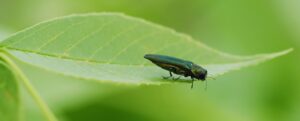

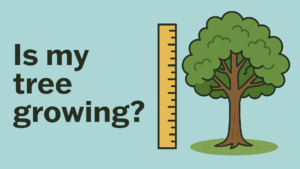
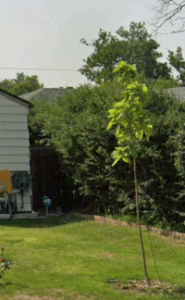

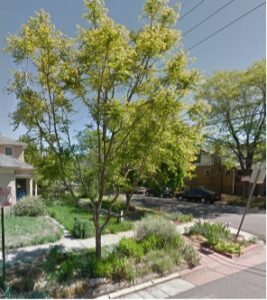
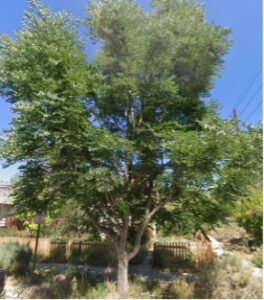
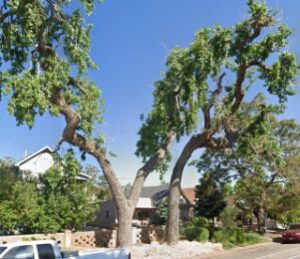


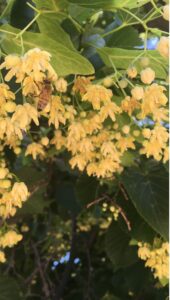 Some trees attract bees.
Some trees attract bees.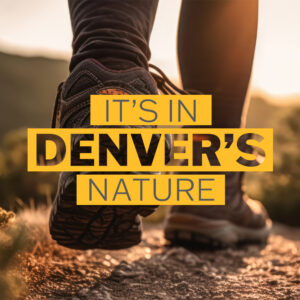 Denver Parks & Recreation has worked with nearly 20,000 volunteers across recreation and urban & mountain parks, this year alone. By partnering with dozens of local and state-wide programs, DPR is fostering current and future generations of environmental stewards. If you have a passion for the outdoors,
Denver Parks & Recreation has worked with nearly 20,000 volunteers across recreation and urban & mountain parks, this year alone. By partnering with dozens of local and state-wide programs, DPR is fostering current and future generations of environmental stewards. If you have a passion for the outdoors, 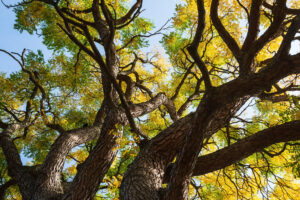

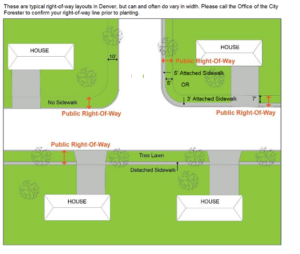
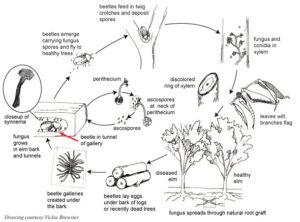 When the tree becomes infected, the leaves in the high branches – or crown – begin to yellow and wilt. Quickly, the leaves turn brown, curl up and then the entire branch dies. Branch by branch, the disease spreads until the entire tree dies. The American Phytopathological Society (APS) shares this simple-to-understand illustration on the cycle of Dutch elm disease:
When the tree becomes infected, the leaves in the high branches – or crown – begin to yellow and wilt. Quickly, the leaves turn brown, curl up and then the entire branch dies. Branch by branch, the disease spreads until the entire tree dies. The American Phytopathological Society (APS) shares this simple-to-understand illustration on the cycle of Dutch elm disease: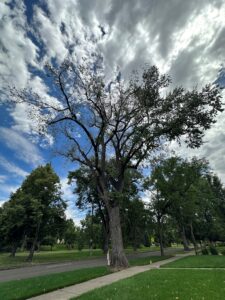 Like most tree ailments, it’s better to prevent the arrival of an illness than to cure a diseased tree. Prevention involves following good cultural practices, such as not planting too many of the same species of tree in a row, proper watering, avoiding damage to the tree, mulching, and rotational pruning. Property owners should not attempt to diagnose, prune or remove elms that may be infected, as that may unintentionally spread the disease due to beetle or fungus existing in the debris. It’s always best to have a licensed tree contractor perform tree work and remove all debris.
Like most tree ailments, it’s better to prevent the arrival of an illness than to cure a diseased tree. Prevention involves following good cultural practices, such as not planting too many of the same species of tree in a row, proper watering, avoiding damage to the tree, mulching, and rotational pruning. Property owners should not attempt to diagnose, prune or remove elms that may be infected, as that may unintentionally spread the disease due to beetle or fungus existing in the debris. It’s always best to have a licensed tree contractor perform tree work and remove all debris.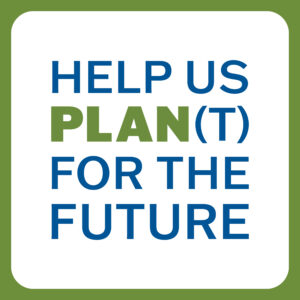 In the spring of 2023, Denver Parks and Recreation and the Office of the City Forester conducted a comprehensive community-wide survey to gather insights from residents regarding their priorities concerning trees and the urban forest across town. This valuable information is currently being utilized to craft the city’s inaugural Urban Forest Strategic Plan. The plan encompasses all trees within the city, whether on public or private property, and aims to enhance existing goals, introduce new ones, and establish a shared and fair vision for the future of the urban forest.
In the spring of 2023, Denver Parks and Recreation and the Office of the City Forester conducted a comprehensive community-wide survey to gather insights from residents regarding their priorities concerning trees and the urban forest across town. This valuable information is currently being utilized to craft the city’s inaugural Urban Forest Strategic Plan. The plan encompasses all trees within the city, whether on public or private property, and aims to enhance existing goals, introduce new ones, and establish a shared and fair vision for the future of the urban forest.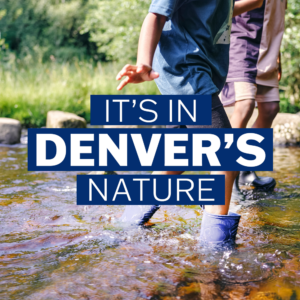 With more people relocating to Denver, warming weather and more frequent periods of drought – we are tapping into our most precious resource like never before. Currently, about 40 percent of water in Denver is used for outdoor landscapes but water isn’t an unlimited resource. That’s why Denver Parks & Recreation
With more people relocating to Denver, warming weather and more frequent periods of drought – we are tapping into our most precious resource like never before. Currently, about 40 percent of water in Denver is used for outdoor landscapes but water isn’t an unlimited resource. That’s why Denver Parks & Recreation